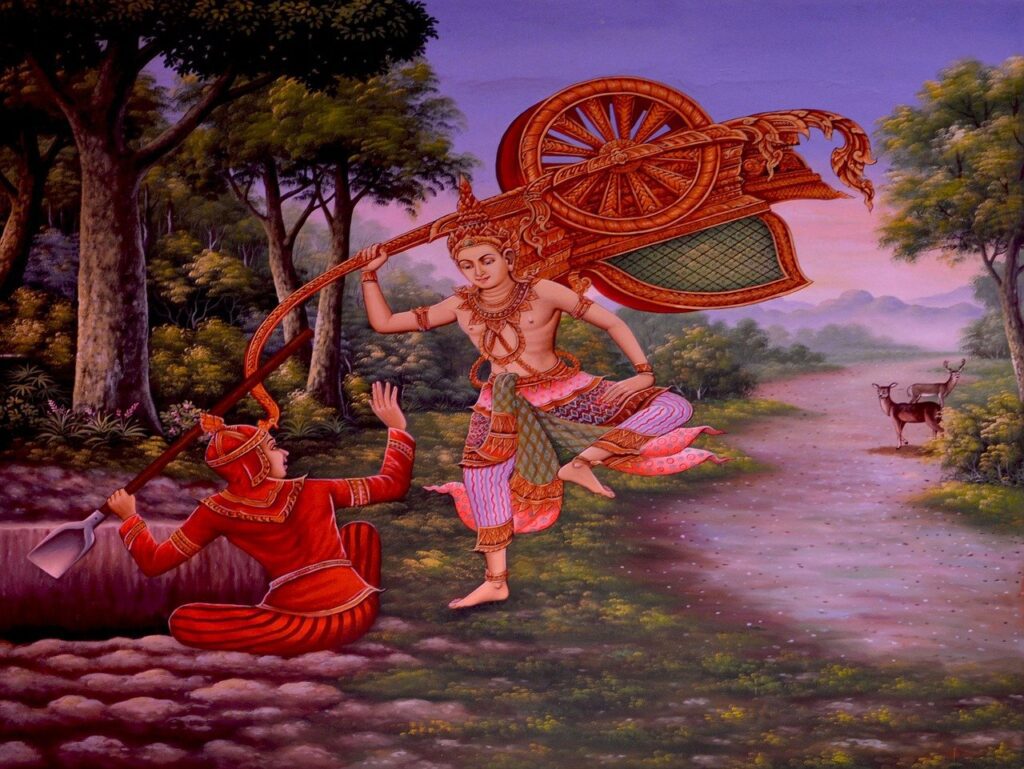Yadav Caste and History of Yadav
The term “Yadav” refers to a grouping of traditionally non-elite, peasant-pastoral communities or castes in India. These communities, including the Ahirs of the Hindi belt and the Gavli of Maharashtra, have claimed descent from the mythological king Yadu, sparking a movement of social and political resurgence since the 19th and 20th centuries.
## Origins in Mythology
The term Yadav has its roots in the belief that it signifies a descendant of Yadu, a mythological king. Historically, the Yadavs were associated with Krishna, a cowherder, and supposedly a Kshatriya. This connection with Krishna’s lineage has shaped their identity and social status.
## Diverse Communities
The Yadav community is diverse, with different names such as Ahir in the Hindi belt, Punjab, and Gujarat, Gavli in Maharashtra, and Golla in Andhra Pradesh and Karnataka. Traditionally, they were primarily involved in herding, cowherding, and milk selling. However, over time, their traditional occupations have evolved, and today, many Yadavs are cultivators engaged in agriculture.
## Social Mobility
The Yadav movement has been instrumental in improving the social standing of its members. They have adopted various strategies, including Sanskritisation, active participation in the armed forces, diversification into more prestigious business fields, and involvement in politics. Leaders and intellectuals within the community have emphasized their claimed descent from Yadu and Krishna, arguing for Kshatriya status.
## Ambiguous Ritual Status
Historically, the Yadavs had an ambiguous ritual status within the caste stratification system in India. Their association with cattle herding and related activities often placed them in the Shudra varna. This low status was due to the nomadic nature of their herding practices, involvement in castration of animals, and selling milk for economic gain.
## Yadavs in Modern India
Yadavs primarily reside in Northern India, especially in Haryana, Uttar Pradesh, and Bihar. Over time, their traditional occupations have shifted from herding to cultivation, transportation, construction, and government employment. Positive discrimination measures and land reform legislation have played a significant role in their economic advancement.
## Sanskritisation and Yadavisation
The Yadav community embraced Sanskritisation as a means to improve their social status. They adopted rituals and practices associated with higher varnas, including the wearing of the sacred thread. The influence of the Arya Samaj was crucial in promoting these changes. Yadavisation, as it’s often termed, aimed to consolidate various herding communities under the Yadav identity, making it a recognized and influential group.
## The All-India Yadav Mahasabha
The All-India Yadav Mahasabha was founded in 1924 and played a vital role in promoting Yadav interests. It campaigned for teetotalism, vegetarianism, self-education, and the adoption of the “Yadav” name. It sought to modernize community practices and encouraged members to donate to various causes. The AIYM has expanded its influence across India, becoming a significant political force.
## Post-Independence Achievements
The Yadav community takes pride in the achievements of its successful members. Their success in various fields, including education, industry, and civil service, has elevated the community’s status. The Sadar festival, celebrated annually during Diwali, is a testament to the community’s vibrant culture and traditions.
In conclusion, the Yadav community’s journey from traditional herders to influential players in India’s social and political landscape is a remarkable story of resilience, adaptation, and identity evolution.



